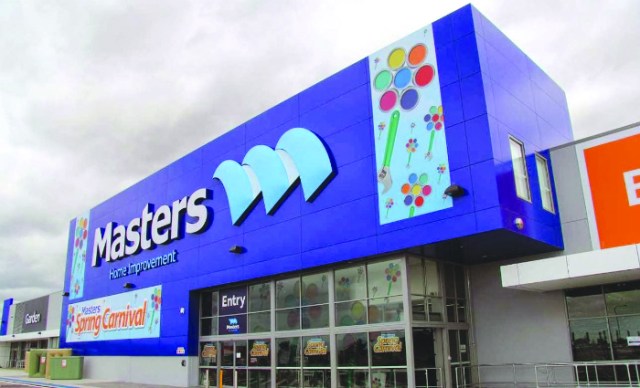How do you link Adam Smith, a holiday to the Isle of Wight and a Honda TV ad? Well, if you want to make your Friday morning easy, don’t try. But if you’re determined, as I am, then some kind of structured approach, a workflow even, would come in handy.
Recently I’ve been looking at marketing campaign workflow software, known as Marketing Resource Management systems, or MRMs. These clever little pieces of software have been devised to streamline the process of taking those creative ideas dreamt up in latte-fuelled brainstorming sessions by a bunch of hot-desking, beanbag-lounging creative types and turning them into well produced piece of print, preferably at rock-bottom price.
As a case study of these types of workflows, Honda uses market leading MRM Aprimo to coordinate marketing collateral procurement across its network of dealerships. As a metaphor for workflow, look no further than the self same car manufacturer and it’s classic “Cog” TV ad, the one where the car parts (85 car parts, in fact) roll, bounce and pitch their way across the screen, each forming a little piece of a chain reaction that concludes at the point we’re told to go buy an Accord.
Now that is workflow perfection in action — every participant and step in the process working without a single fault in one unbroken camera shot. Well, without a single fault on the 606th take. It actually took 605 failed attempts to get it right. You might call them “workflaws”.
While Honda didn’t actually use a workflow software product to drive that campaign through to the dazzling incarnation on your TV, MRMs do offer a host of functions to connect the steps on the campaign trail, from strategic planning, budgeting, financial tracking, multi-channel campaigns, content management and performance measurement. They can also improve lower level marketing activities through web-to-print style procurement, such as Honda does across its dealer network.
Print workflows take the whole process to the next level. And their efficiency is down to one basic fact — getting rid of the human element as much as possible. Sure, whizz bang types, such as HP’s new SmartStream Director, offer a host of other functions, from web-to-print to personalisation to e-commerce, but in terms of production management and tracking, they succeed by taking over the drudgery and drone work. Computers are simply better at organising things.
If artificial intelligence ever does take over and go homicidal, as in The Matrix, it’d be bad news for us carbon-based life forms, but great for short lead times and process visibility. In fact, I’m currently researching a feature about on-press quality control systems for sheetfed presses — the products revealed at drupa 2008 by Heidelberg, manroland, KBA et al for their top-tier presses are so advanced it’s almost scary.
For instance, KBA’s QualiTronic Professional takes spectrophotometric readings of the colour bars on each sheet (at 18,000sph) and constantly calibrates and recalibrates the ink ducts throughout makeready and production to maintain colour consistency within a tolerance of +/-1 delta-E. It can also take a snapshot of each and every sheet and reference any potential faults, such as hickeys, against a datum sheet. Then it can tag any imperfect print with a mark that is read at the die-cutter or folder stage and the sheet diverted out of production.
If the machines ever do rise up, I wonder whether the real Terminator wouldn’t be better epitomised by a German long perfector than an Austrian bodybuilder. It’d probably be a better actor, anyway.
Comment below to have your say on this story.
If you have a news story or tip-off, get in touch at editorial@sprinter.com.au.
Sign up to the Sprinter newsletter



